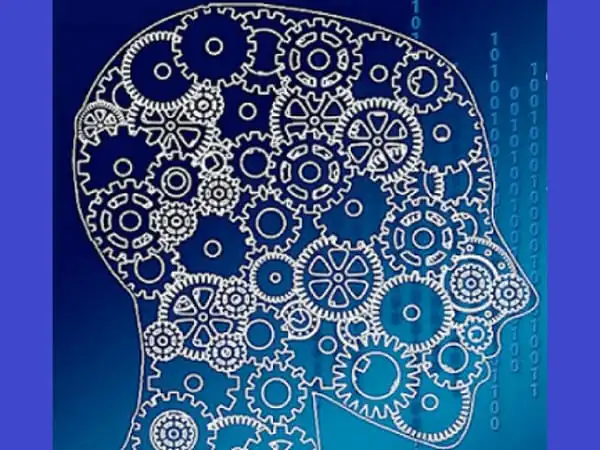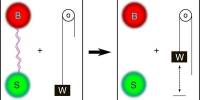Machine Learning (ML) is rapidly delivering new and powerful tools for physicists and chemists to extract critical information from large amounts of data, whether from experiments or simulations. By embracing, developing, and applying machine learning methods to interrogate high-dimensional complex data in ways never before possible, significant advances in all branches of physical sciences could be made.
Duke University researchers have shown that incorporating known physics into machine learning algorithms can help the incomprehensible black boxes achieve new levels of transparency and insight into material properties.
Machine learning is a subfield of artificial intelligence and computer science that focuses on the use of data and algorithms to mimic the function of the human brain, with the goal of improving accuracy over time. Researchers built a modern machine learning algorithm to determine the properties of a class of engineered materials known as metamaterials and predict how they interact with electromagnetic fields in one of the first projects of its kind.
Because it had to first consider the known physical constraints of the metamaterial, the program was essentially forced to demonstrate its work. The approach not only allowed the algorithm to predict the metamaterial’s properties accurately, but it also did so more efficiently than previous methods while providing new insights.
Neural networks try to find patterns in data, but sometimes the patterns they find don’t obey physical laws, making the model they create unreliable. We prevented the neural network from discovering relationships that may fit the data but aren’t actually true by forcing it to obey the laws of physics.
Jordan Malof
The results appear online in the journal Advanced Optical Materials.
“By directly incorporating known physics into machine learning, the algorithm can find solutions with less training data and in less time,” said Willie Padilla, a Duke professor of electrical and computer engineering. “While this study was primarily a demonstration that the approach could recreate known solutions, it also revealed some previously unknown insights into the inner workings of non-metallic metamaterials.”
Metamaterials are synthetic materials made up of many individual engineered features that, when combined, produce properties not found in nature due to their structure rather than their chemistry. The metamaterial in this case is a large grid of silicon cylinders resembling a Lego baseplate.
The metamaterial interacts with electromagnetic waves in a variety of ways, depending on the size and spacing of the cylinders, such as absorbing, emitting, or deflecting specific wavelengths. The researchers sought to build a type of machine learning model known as a neural network in the new paper to discover how a range of heights and widths of a single cylinder affects these interactions. They also desired that the answers make sense.

“Neural networks try to find patterns in data, but sometimes the patterns they find don’t obey physical laws, making the model they create unreliable,” said Jordan Malof, assistant research professor of electrical and computer engineering at Duke. “We prevented the neural network from discovering relationships that may fit the data but aren’t actually true by forcing it to obey the laws of physics.”
The physics imposed on the neural network by the research team is known as a Lorentz model, which is a set of equations that describes how the intrinsic properties of a material resonate with an electromagnetic field. Rather than jumping straight to predicting a cylinder’s response, the model had to learn to predict the Lorentz parameters that it then used to calculate the cylinder’s response.
Incorporating that extra step, however, is much easier said than done.
“When you make a neural network more interpretable, which is in some ways what we’ve done here, it can be more difficult to fine tune,” said Omar Khatib, a postdoctoral researcher in Padilla’s laboratory. “We definitely had a difficult time optimizing the training to learn the patterns.”
However, once the model was operational, it proved to be more efficient than previous neural networks developed by the group for similar tasks. The group discovered that using this approach can significantly reduce the number of parameters required for the model to determine the metamaterial properties. They also found that this physics-based approach is capable of making discoveries all on its own.
When an electromagnetic wave passes through an object, it does not always interact with it in the same way at the beginning and end of its journey. This is referred to as spatial dispersion. Because the researchers had to tweak the spatial dispersion parameters to get the model to work correctly, they discovered previously unknown insights into the physics of the process.
“Now that we’ve demonstrated that this can be done,” Padilla said, “we want to apply this approach to systems where the physics is unknown. A lot of people are using neural networks to predict material properties,” Malof added, “but getting enough training data from simulations is a huge pain. This work also shows a path toward creating models that don’t need as much data, which is useful across the board.”
















